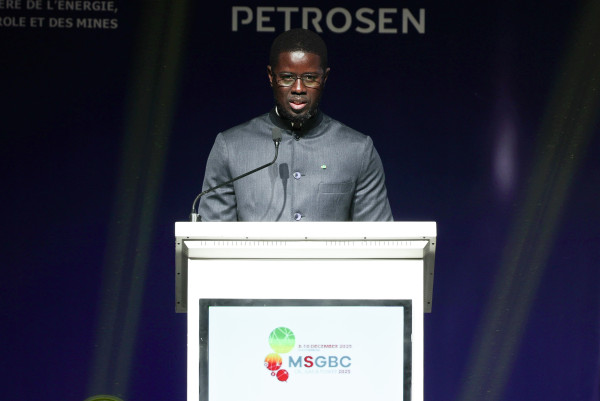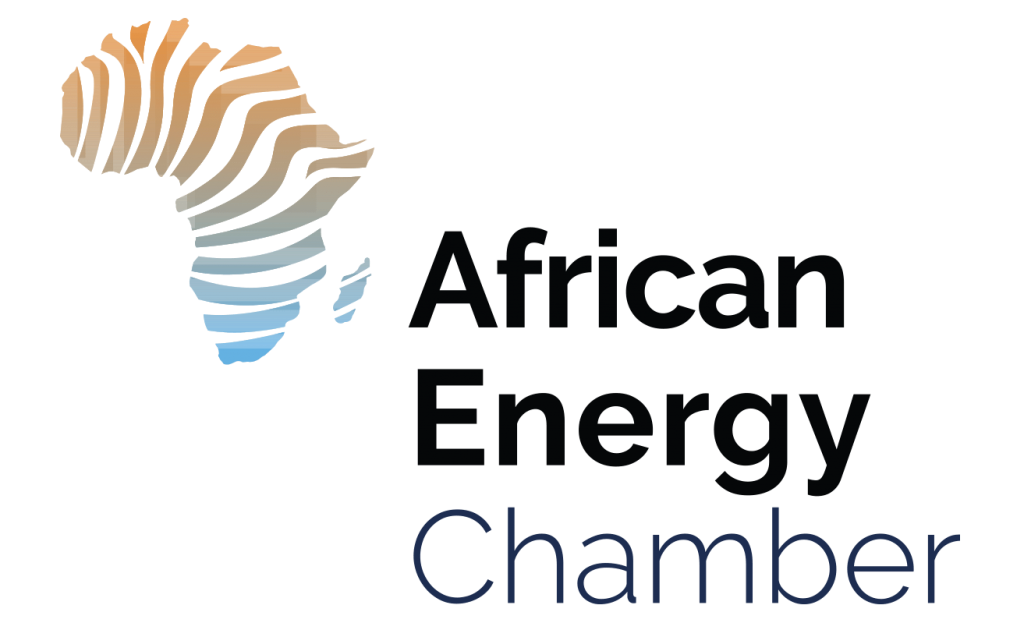Miners can reap economic, enviro rewards through energy efficiency
Amid national energy constraints and a mining sector that is set to contract, there is an opportunity for South Africa’s mining sector to continue exploring cost-saving measures with improved energy efficiency, says South African National Energy Development Institute (SANEDI).
The institute says that, with mine production in the country having plummeted in April and May owing to lockdown restrictions and a near total industry shutdown, increased efforts to save energy and costs can improve the sustainability of this sector, which contributes 8% of the country’s gross domestic product (GDP).
“While energy and cost saving measures are already present across the mining industry, the new challenges facing the country – and the mining and energy sectors specifically – present a need for further exploration of cost- and energy-saving initiatives,” SANEDI energy efficiency and corporate communications GM Barry Bredenkamp comments.
Addressing the ways energy is used in the mining sector can lead to huge financial and environmental savings for mine operations and for South Africa’s national grid, he adds, explaining that by looking at the crossroads of mining and energy, and making some simple changes to operations, “we can achieve a better economic return on our precious mineral and energy resources”.
Although most mines already have initiatives in place, newer technology and energy saving techniques offer opportunities for further improvement that is so desperately needed as mine productivity strives to recover, Bredenkamp notes.
The decision by President Cyril Ramaphosa last year to combine the departments of Energy and Mineral Resources amplifies the critical importance and synergy between these drivers of the economy, Bredenkamp says, noting that the combined Department of Mineral Resources and Energy (DMRE) has created a platform for the two industries to work together.
A recent case study by SANEDI on the 12L Tax Incentive has demonstrated just how much energy efficiency can be gained through simple changes to mining operations, he further notes, explaining that the 12L Tax Incentive provides an allowance for businesses to implement energy efficiency savings.
The savings allow for a tax deduction of 95c/kWh saved on energy consumption for a consecutive 12-month period.
SANEDI also undertook a case study with a large openpit iron-ore operation to establish what could be done to improve the mine’s energy efficiency.
The study centered on the heavy mine-owned haul trucks, which are famous for being “gas guzzlers”. The mine’s trucks consumed a combined total of about 73-million litres of diesel during the baseline period.
To improve efficiency, the mine increased the amount of material transported by the haul truck fleets in each cycle, resulting in energy savings owing to fewer cycles, achieving the same quantum of tonnes moved.
The case study used a calibrated simulation model to assess the savings and found that, over two years, the haul trucks yielded combined fuel savings of over 21.6-million kilowatt-hour-equivalent energy.
“Changing the haul load was a relatively simple technical challenge to overcome and it achieved incredible savings. The potential for even greater energy savings lies in every mine in South Africa, and a deeper look into how these mines operate holds huge implications for our economy,” Bredenkamp comments.
“This case study shows just how critical the intersection of mining and energy really is. Focussing efforts on improving energy efficiency in the mining industry, South Africa can reap huge economic and environmental rewards,” he concludes.
Share this content:















Post Comment